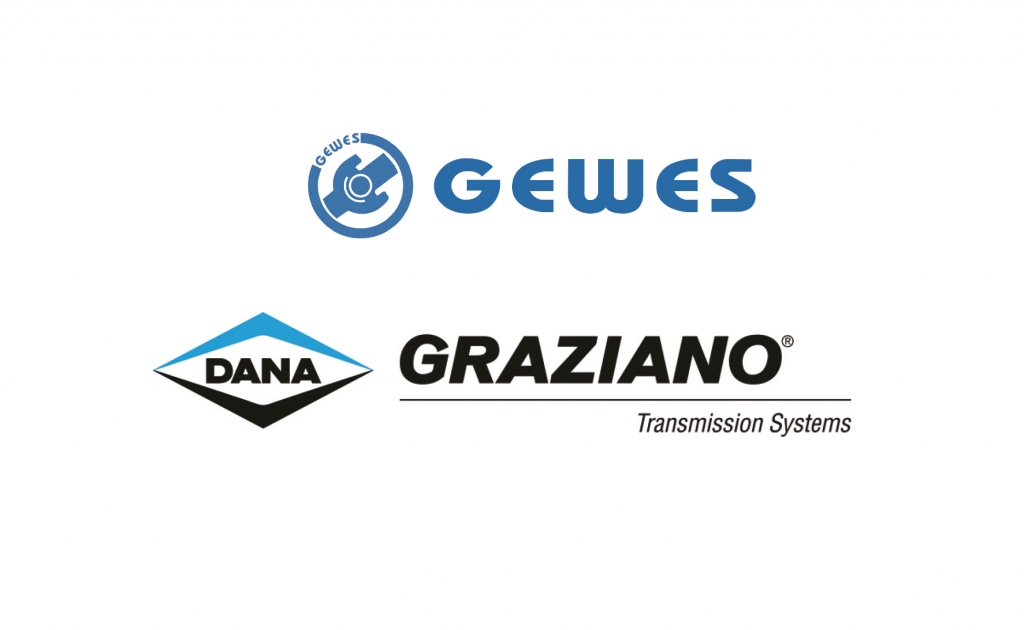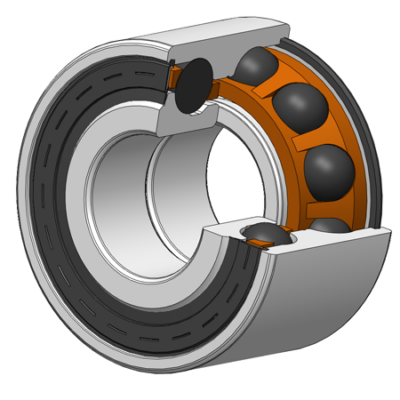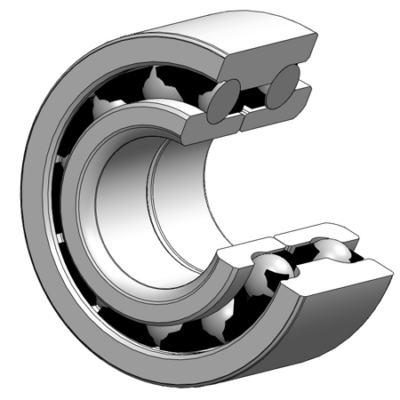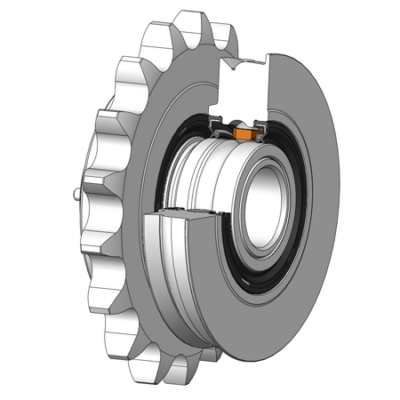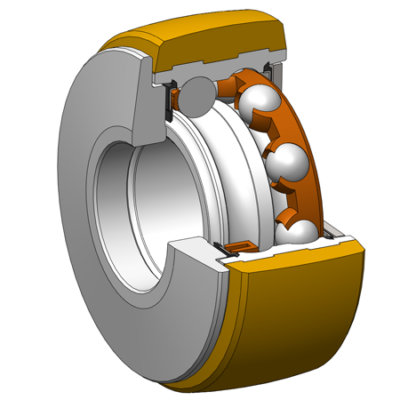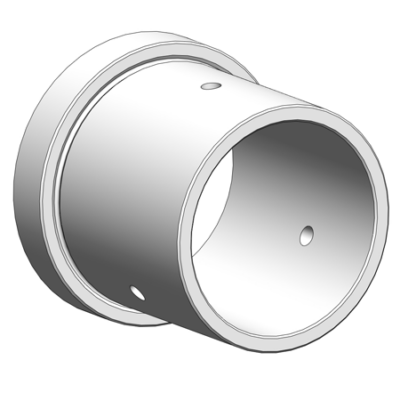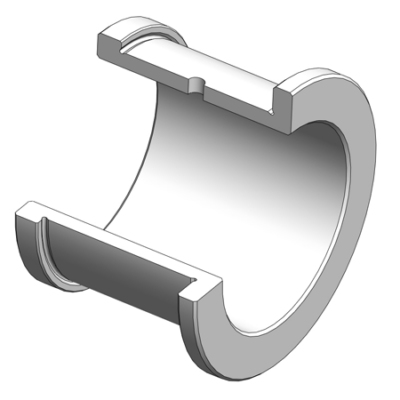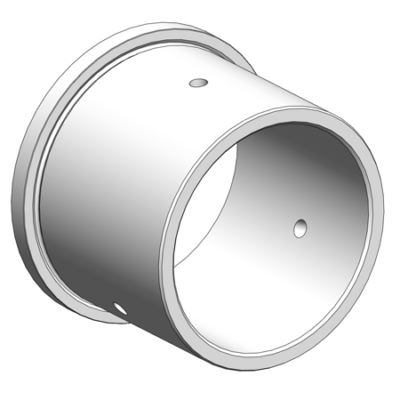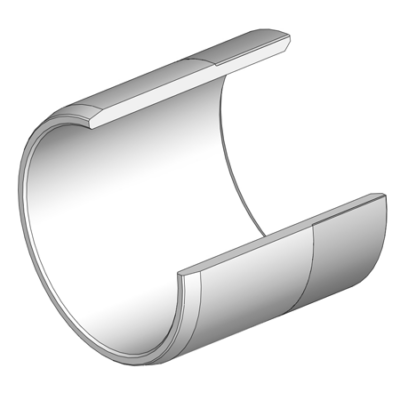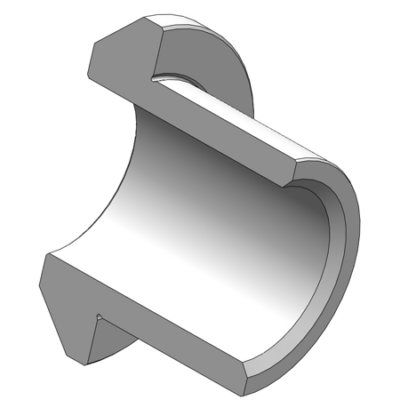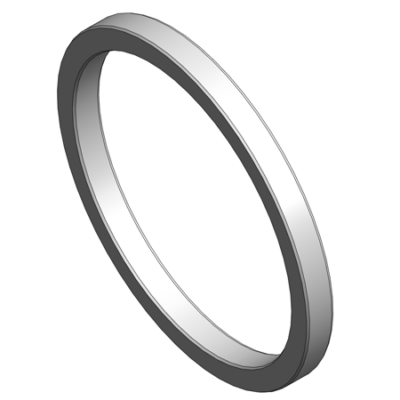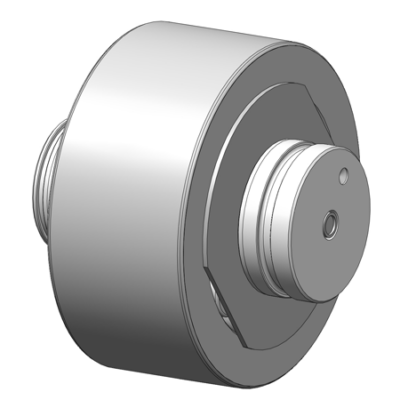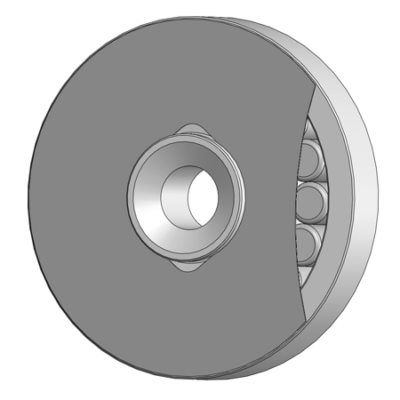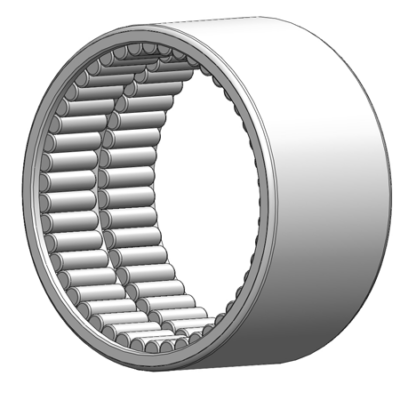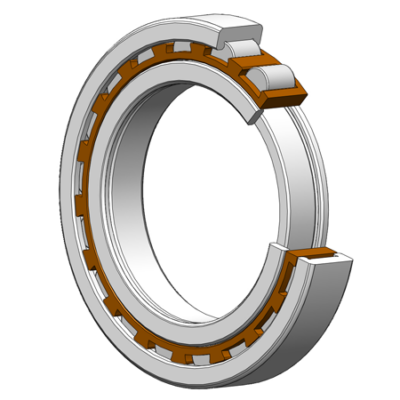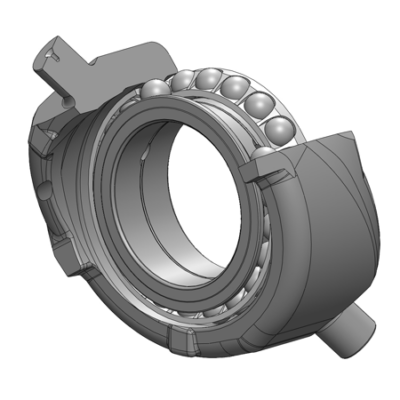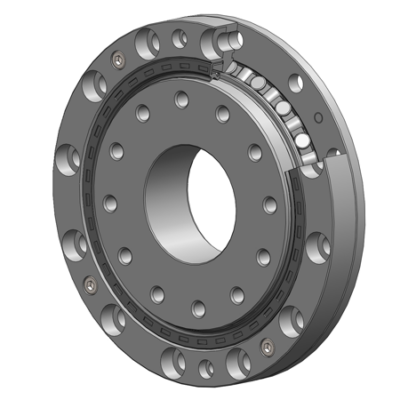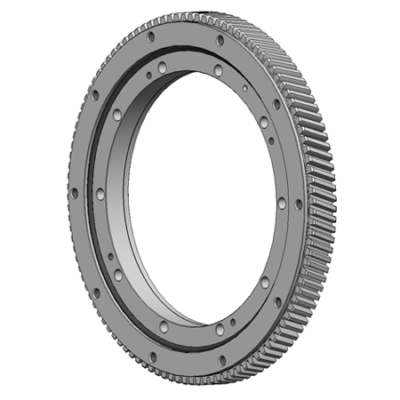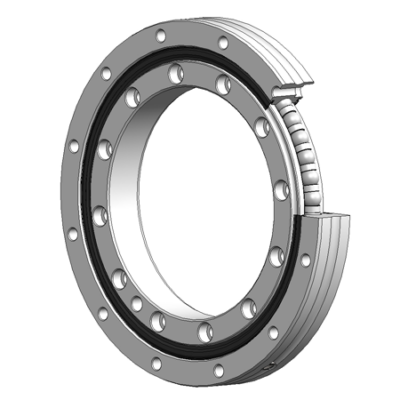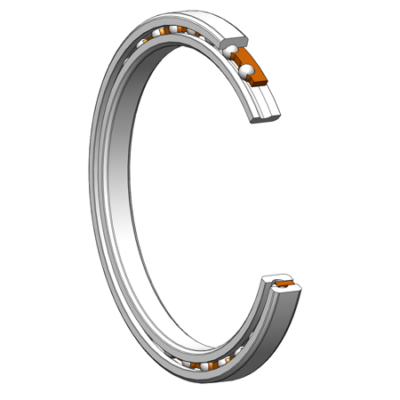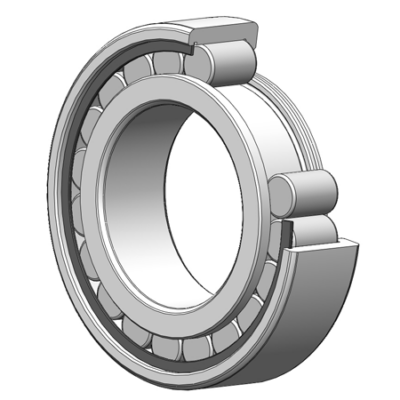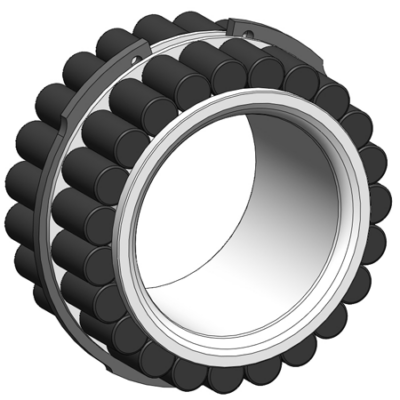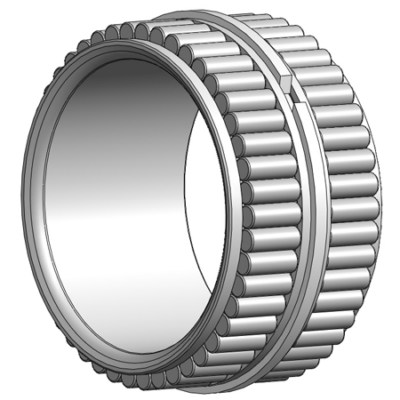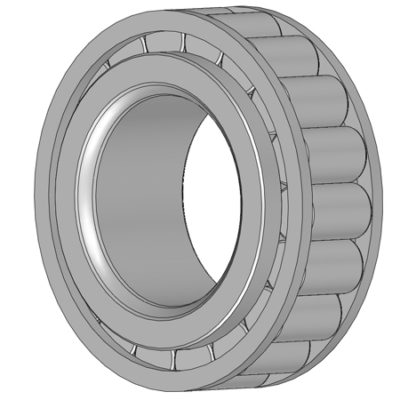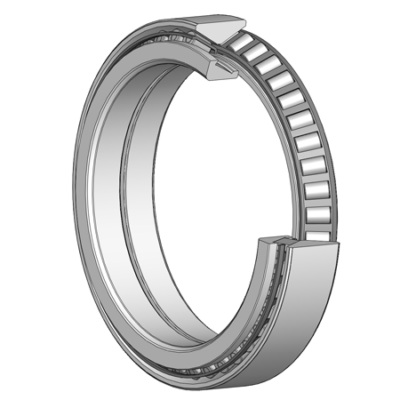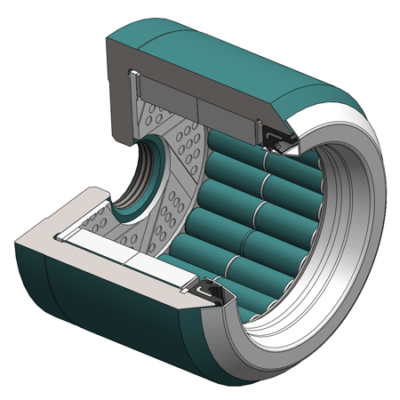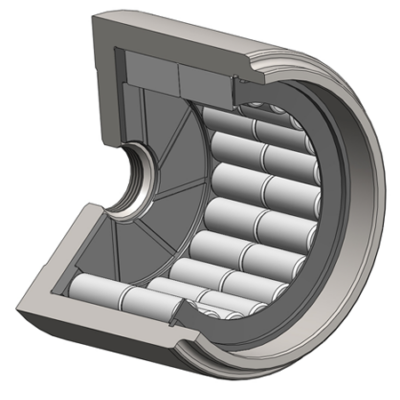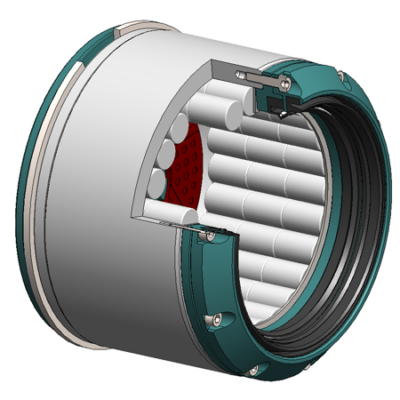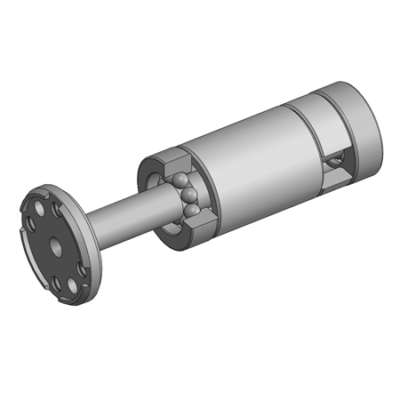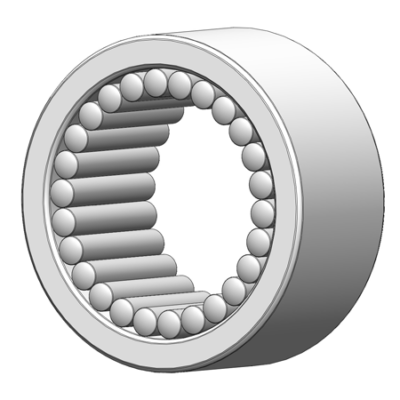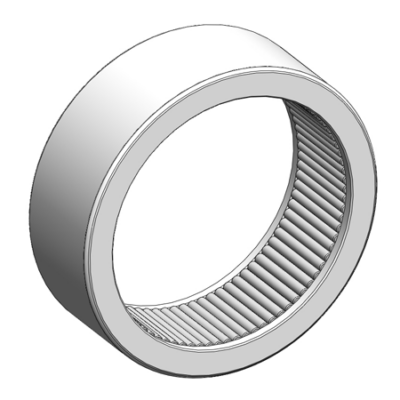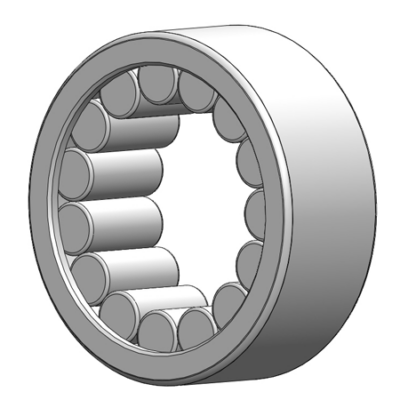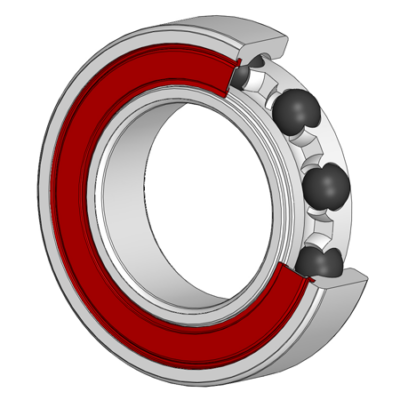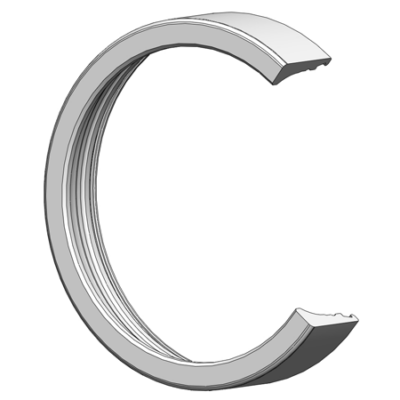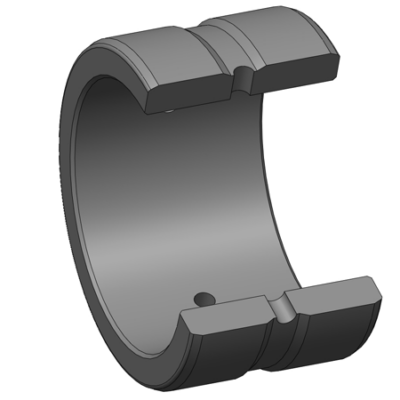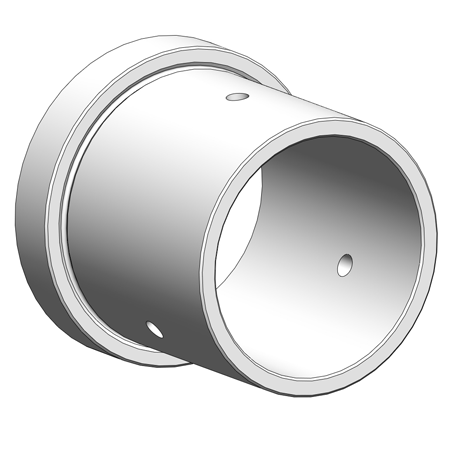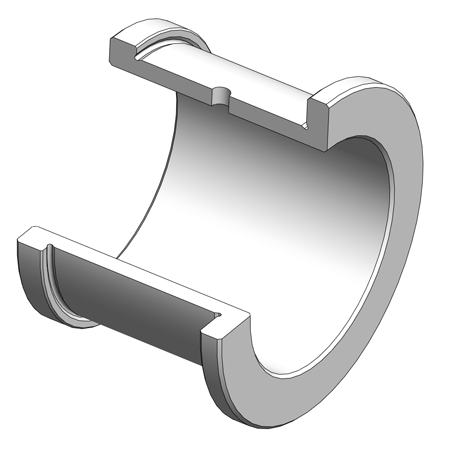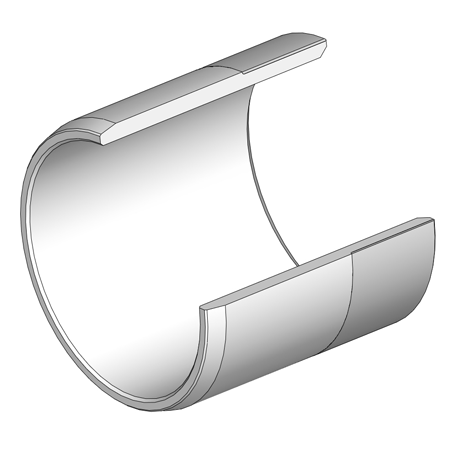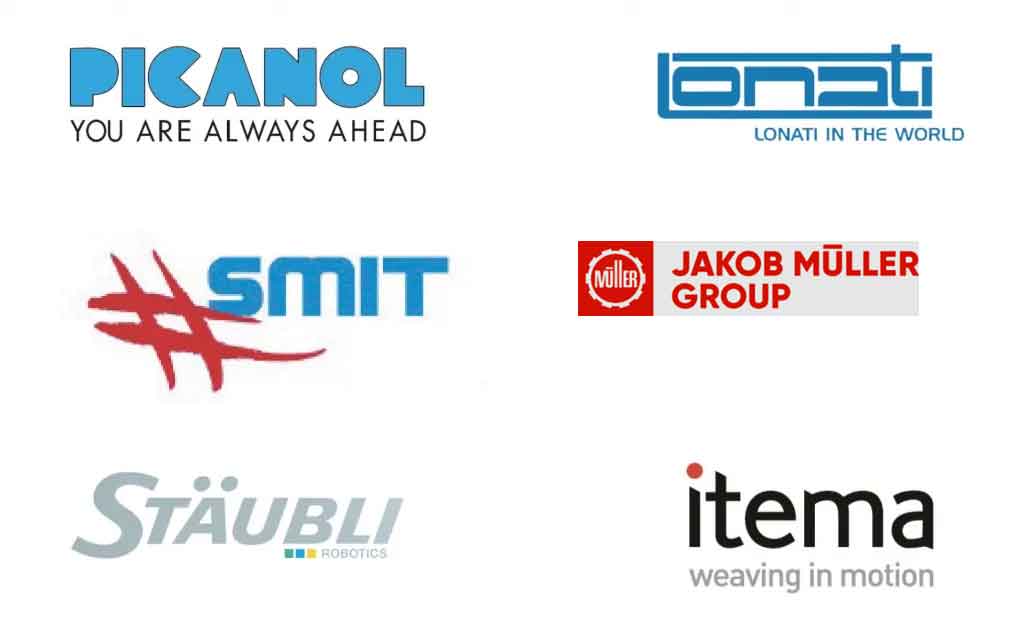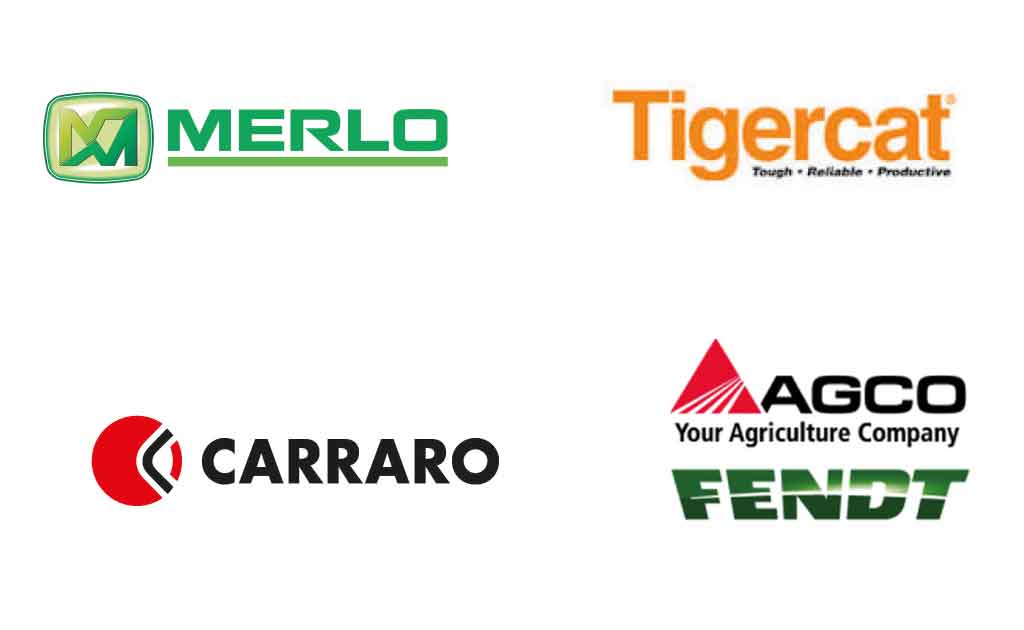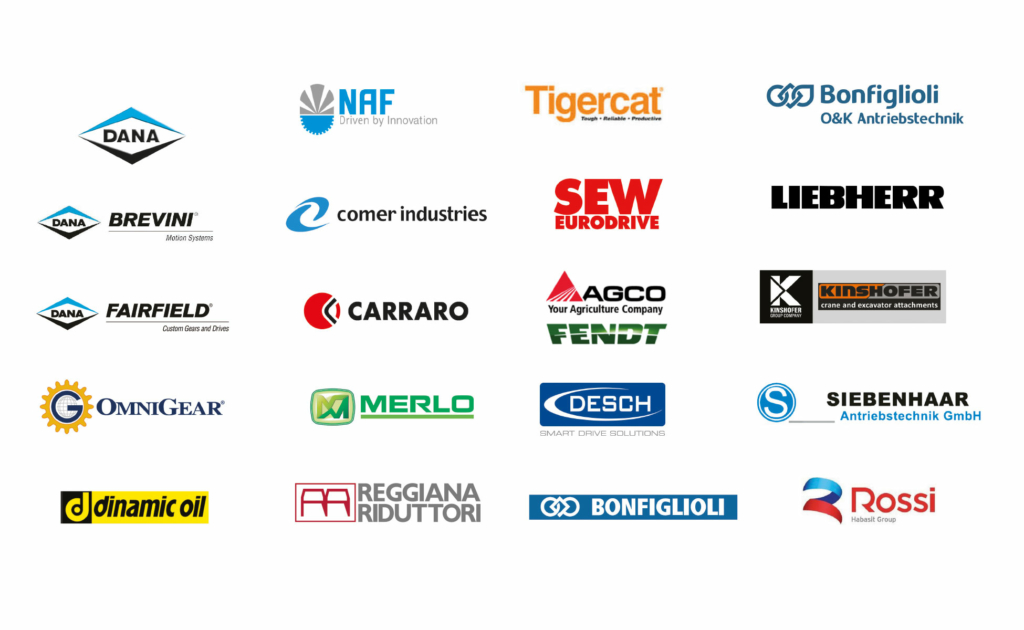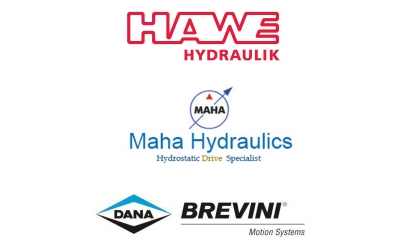Roller bearings are essential components in the operation of many machines and equipment. They are designed to support radial and axial loads, allowing smooth and precise rotary motion. Roller bearings are used in a wide range of applications, including industrial, automotive, aerospace, and marine. In this article, we will discuss how roller bearings work and the different types of roller bearings available on the market.
How do roller bearings work?
Roller bearings are designed to reduce friction and ensure smooth and uniform rotation. They consist of an inner ring, an outer ring, and a series of rollers arranged between the two rings. The rollers are generally arranged to form a line of contact between the inner and outer rings. This distributes the load evenly over all the rollers and avoids overloading or excessive pressure on a single point.
The most common type of roller bearing used in the mechanical industry is the cylindrical roller bearing. Cylindrical roller bearings consist of a series of cylindrical rollers arranged between two rings, one inner and one outer ring. This type of bearing can support high radial loads and, in some cases, also axial loads.
The second most common type of roller bearing is the tapered roller bearing. This type of bearing consists of a series of tapered rollers arranged between two rings. Tapered roller bearings can support high radial and axial loads, making them suitable for many industrial applications.
There are also other types of roller bearings, including barrel roller bearings, thrust roller bearings, and cage roller bearings. Each type of bearing has its own characteristics and advantages, depending on the specific application.
Why use roller bearings?
The use of roller bearings offers several advantages. First, they reduce friction and wear, which extends the service life of the component on the machine. Second, roller bearings allow for increased precision and reliability of rotary motion. Finally, roller bearings provide greater load carrying capacity than other bearing systems, making them ideal for applications requiring long-life solutions.
Conclusions
In conclusion, roller bearings are an essential component in most machines and equipment. They are available in a wide range of types, depending on the specific application. Roller bearings are designed to reduce friction, increase the accuracy and reliability of rotary motion, and provide increased load carrying capacity. If you are looking for a high-quality product for your application, roller bearings are an ideal solution.


